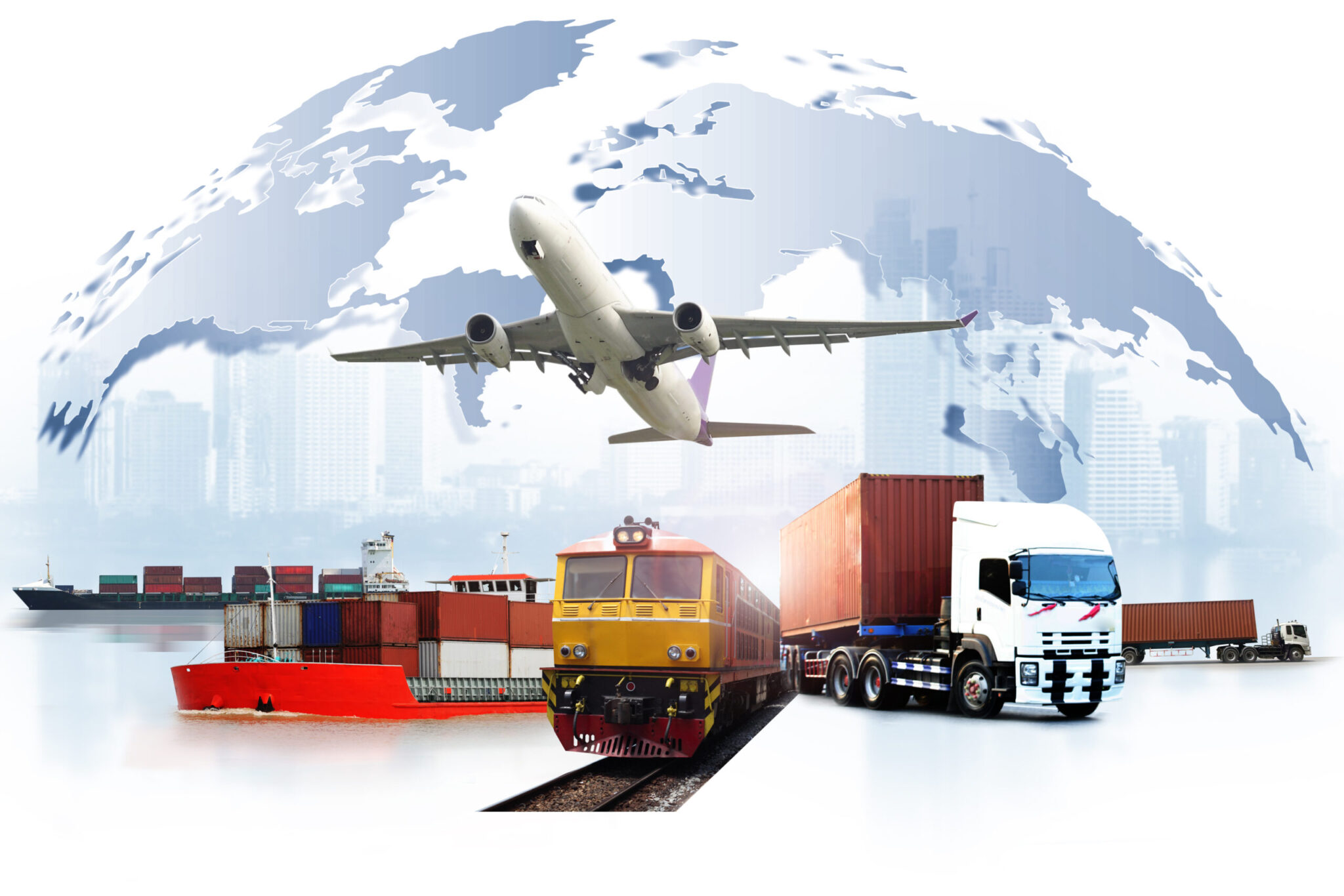WNAM REPORT: In January-June, Kazakhstan saw significant achievements in the transport and logistics area, including a noticeable increase in passenger traffic in aviation, improvement in rail transport and development of maritime infrastructure.
The Prime Minister’s press service reviewed implemented measures aimed at improving the transport network, enhancing the quality of services and supporting the country’s economic growth on July 29.
Civil aviation: expansion of the aircraft fleet and increase in flights
The country’s civil aviation demonstrates significant growth, with passenger traffic growing by 15% compared to last year, reaching 6.8 million people. Domestic airports served 11.3 million passengers, 21.5% more than in the same period the previous year.
This year, the domestic airline fleet was expanded by five aircraft. Airlines serve 132 international destinations with 760 flights in 33 countries every week. The new destinations include China, Egypt, Germany, Georgia, Malaysia, Qatar, Thailand, the United Kingdom, the United Arab Emirates (UAE), and Vietnam.
Six airlines operate domestic flights: Air Astana, FlyArystan, SCAT, Qazaq Air, Yuzhnoe Nebo and Zhetisu. They operate flights on 53 routes with a weekly frequency of 640 flights. To ensure transport accessibility of socially significant destinations and the development of domestic tourism, 19 domestic air routes in nine regions are subsidized for 6.6 billion tenge (US$13.9 million) – Turkistan, North Kazakhstan, Akmola, Abai, Zhetisu, Pavlodar, Zhambyl, East Kazakhstan and Ulytau.
Railway transport: growth in export of non-resource goods, renewal of the wagon fleet, large-scale track works
The volume of non-commodity export cargo transported by rail increased to 10 million tons, 7% more than last year. The transportation of chemical and mineral fertilizers increased by 11%, non-ferrous metals by 9%, ferrous metals by 15%, and other goods such as flour, salt, vegetable oil and compound feed by 11%. The exports to China grew by 19% to 6.8 million tons.
This year, the Kazakh Transport Ministry plans to deliver 140 new passenger cars, 22 more than last year. So far, 50 vehicles have already been delivered, and the rest will be delivered by the end of the year.
Four major infrastructure projects are being implemented: Dostyk-Moiynty, Darbaza-Maktaaral, Bakhty-Ayagoz and the Almaty bypass. This year, large-scale repair work is underway on the country’s railway network, covering 1,400 kilometers, of which 570 kilometers require complete rail replacement. Half of the work has already been completed.
New plan for the development of ports, creation of a sea transport and logistics cluster
The country’s plan for developing maritime infrastructure for 2024-2028 provides for the creation of a sizable maritime transport and logistics cluster based on the seaports of Aktau and Kuryk. This cluster is supposed to increase container capacity, develop cargo handling terminals and international transportation logistics, and reduce administrative barriers.
The plan also includes dredging work in the Kuryk port area and constructing a container hub in the Aktau port. The bulk of the projects will be implemented through private investment, including as part of developing the Trans-Caspian International Transport Route.
In January-June, the volume of cargo transportation along the route increased by 65% to 2.1 million tons.
New opportunities for export-import transportation
The volume of export-import freight transportation by road in international traffic reached 3.8 million tons, and the volume of transit traffic totaled 2.4 million tons. An important event was ratifying the intergovernmental agreement with China on international road transport. Now, Kazakhstan’s carriers can deliver goods to China’s industrial and port cities and transit through other countries.
This year, for the first time, a test transit road transportation was organized from China to Europe through Kazakhstan and the Caspian Sea along the China-Kazakhstan-Azerbaijan-Georgia route through the seaports of Kuryk and Baku.
Changes were also made to the rules governing the use of the permit system for road transport in international traffic, which excluded the human factor in issuing permits. A total of 231,000 permission forms were exchanged with 42 nations worldwide.


